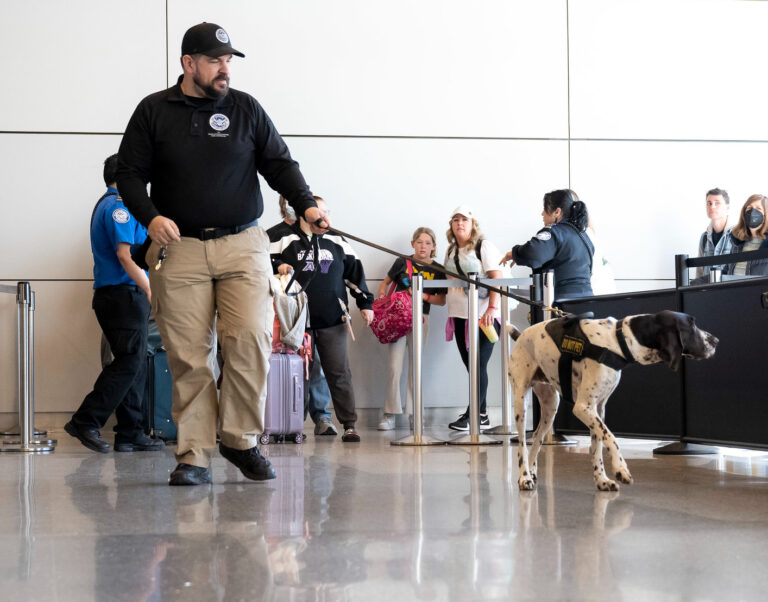The United States Department of Homeland Security (DHS) Science and Technology Directorate (S&T) has released a new market survey report to help identify non-detonable training aids for explosive detection canines. Non-detonable training aids emulate the scent of explosives, allowing canines to learn the specific odor of different types of explosives while eliminating the inherent risks of using traditional, live explosives. They are carefully designed and maintained to create a controlled and safe environment for training, with a focus on safety, effectiveness and consistency in preparing canines for their crucial roles in security and public safety.
S&T’s National Urban Security Technology Laboratory (NUSTL) – in conjunction with Johns Hopkins Applied Physics Laboratory – administered the Non-Detonable Training Aids for Explosive Detection Canines Market Survey Report, which provides information on 12 non-detonable training aid products ranging in price from US$15 to US$550. The report is based on information gathered from manufacturer and vendor materials, open-source research, industry publications and a government-issued request for information. It is part of NUSTL’s System Assessment and Validation for Emergency Responders (SAVER) program, which helps emergency responders make procurement decisions.
“The Detection Canine Program at S&T plays a critical role in advancing the safety and effectiveness of explosive detection canines in the field,” said Guy Hartsough, S&T Detection Canine Program manager. “NUSTL’s comprehensive report provides valuable resources in an ever-evolving landscape of threats, underscoring our dedication to enhancing the capabilities of our nation’s security responders.”
“Explosive detection canines are critical to protecting the public as well as the first responders they assist. Rigorous training is required to prepare these dogs for the field,” said NUSTL director Alice Hong. “NUSTL’s latest market survey report equips explosive detection canine handlers with crucial insights into non-detonable training aids.”
In related news, the TSA and the DHS S&T have unveiled a prototype checkpoint technology, the self-service screening system, at Harry Reid International Airport (LAS) in Las Vegas. Click here to read the full story.


